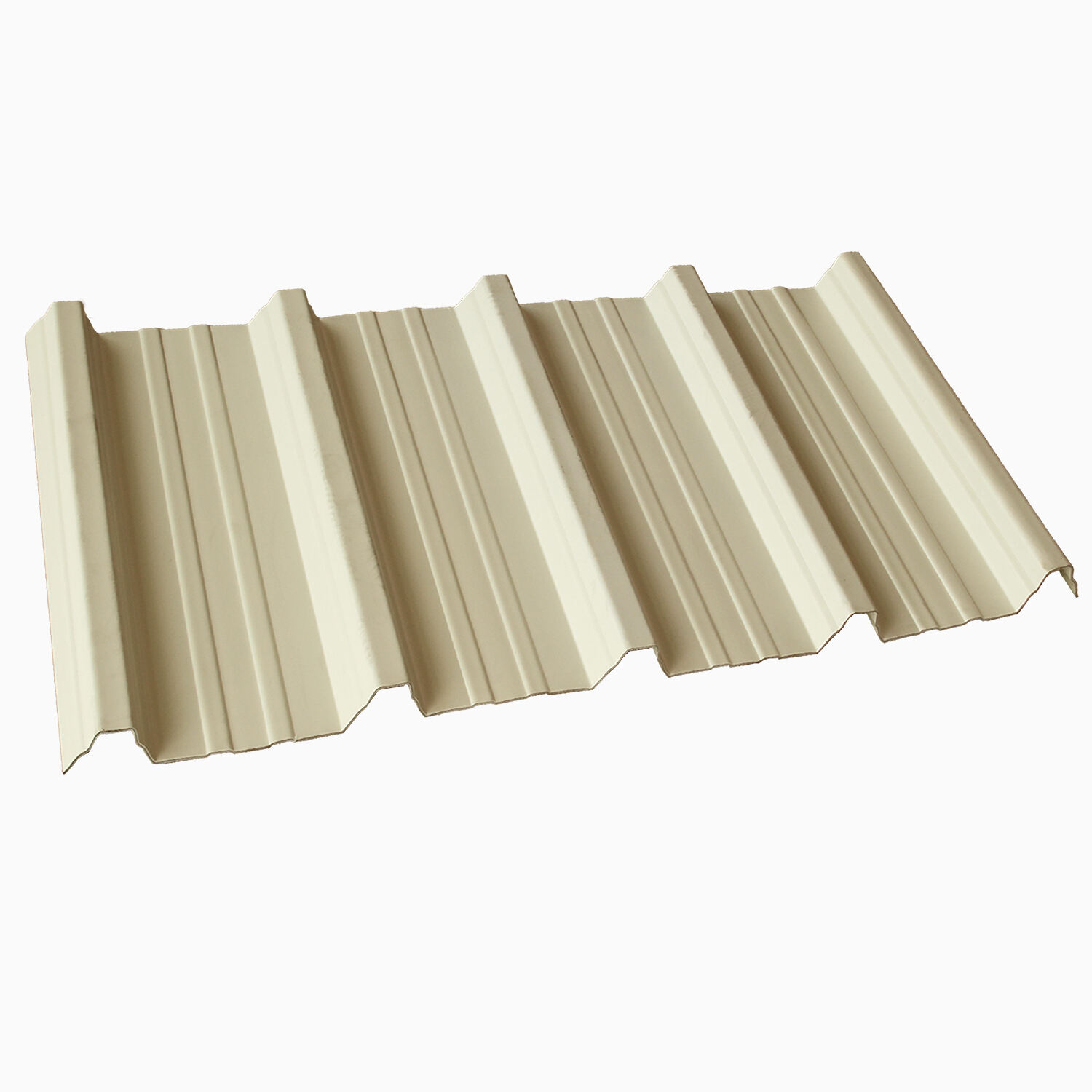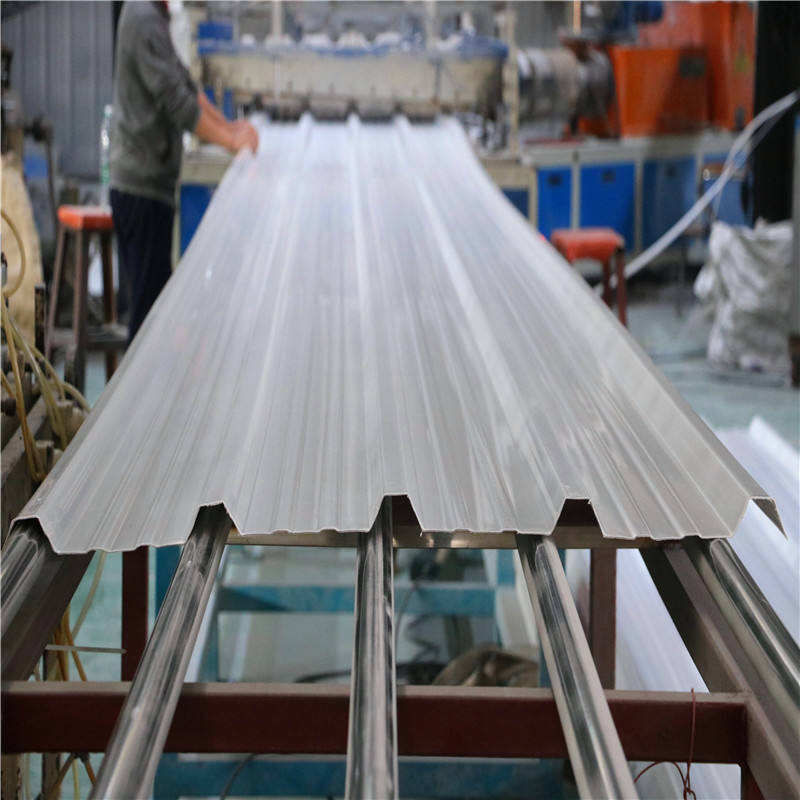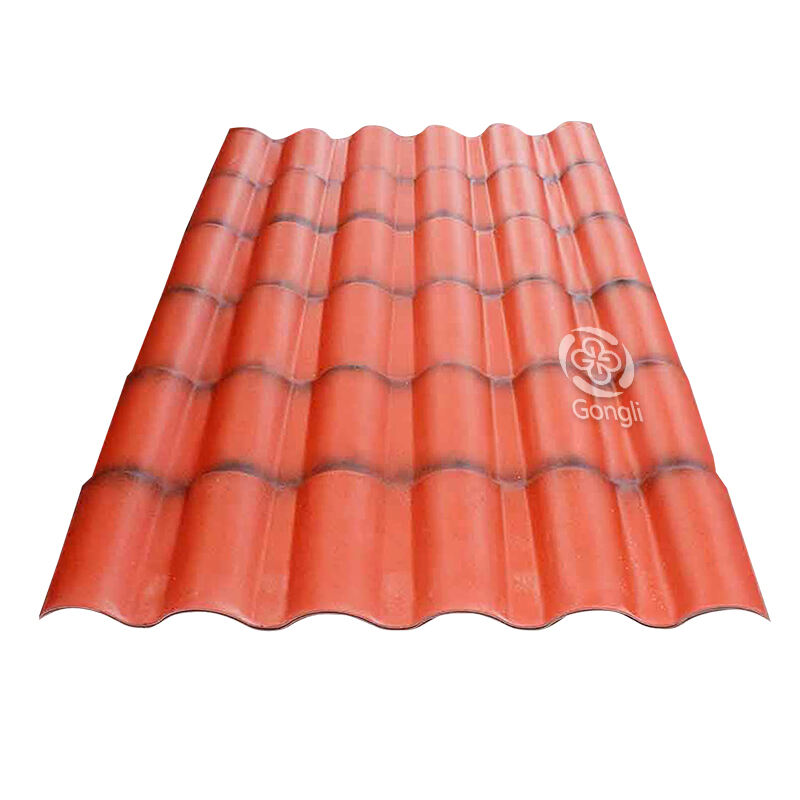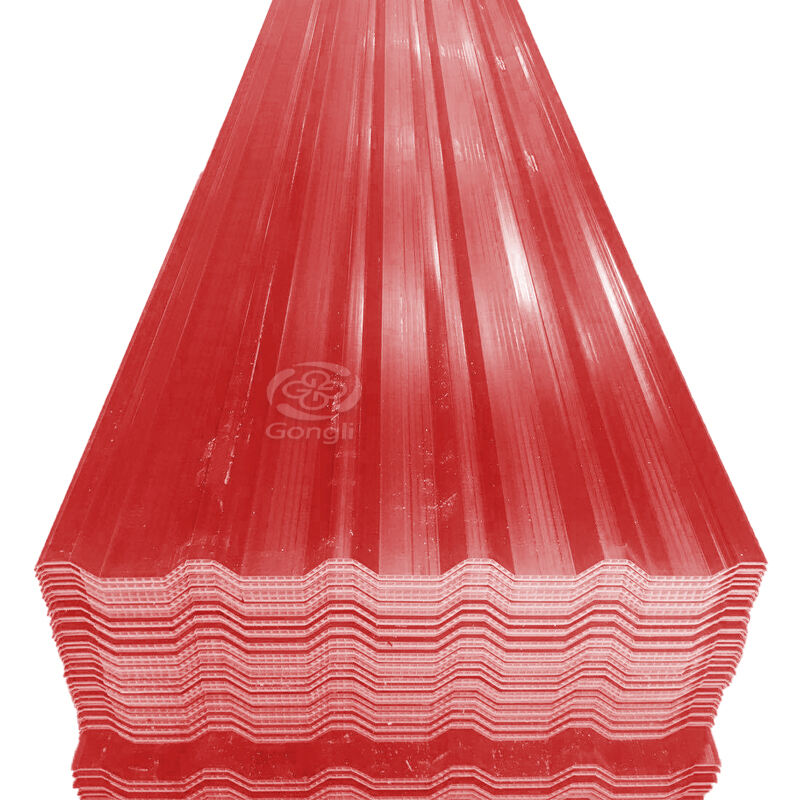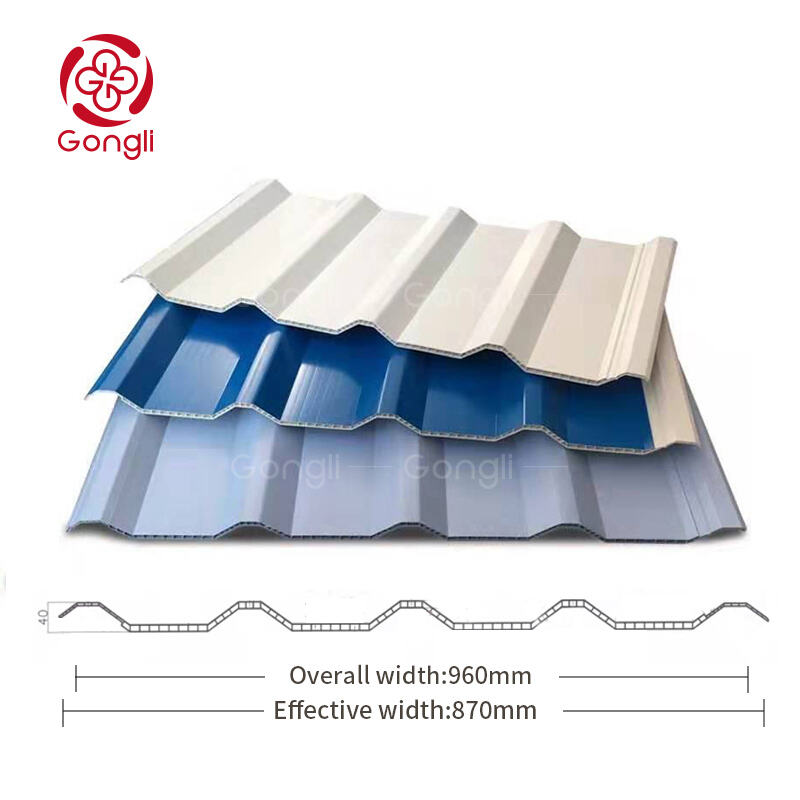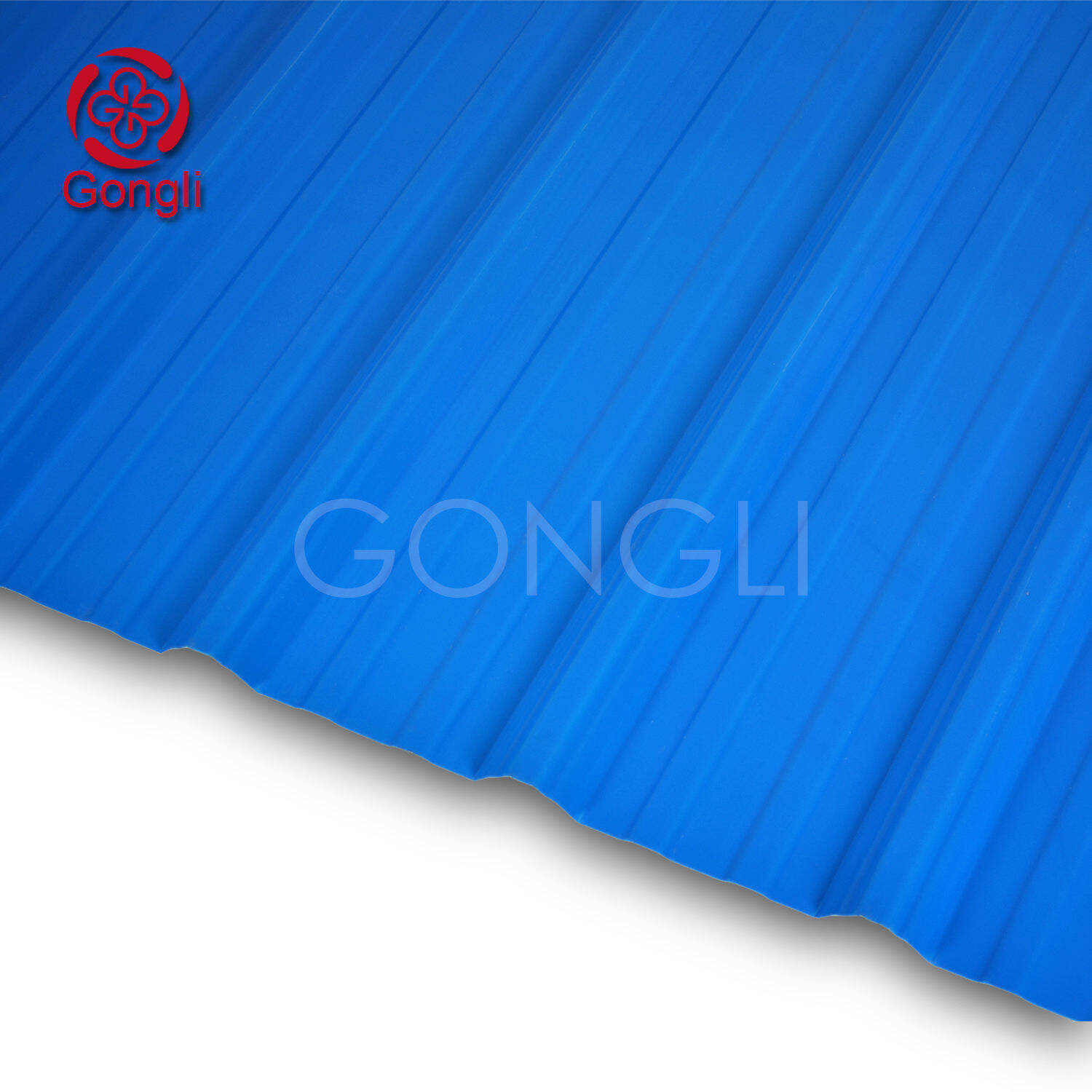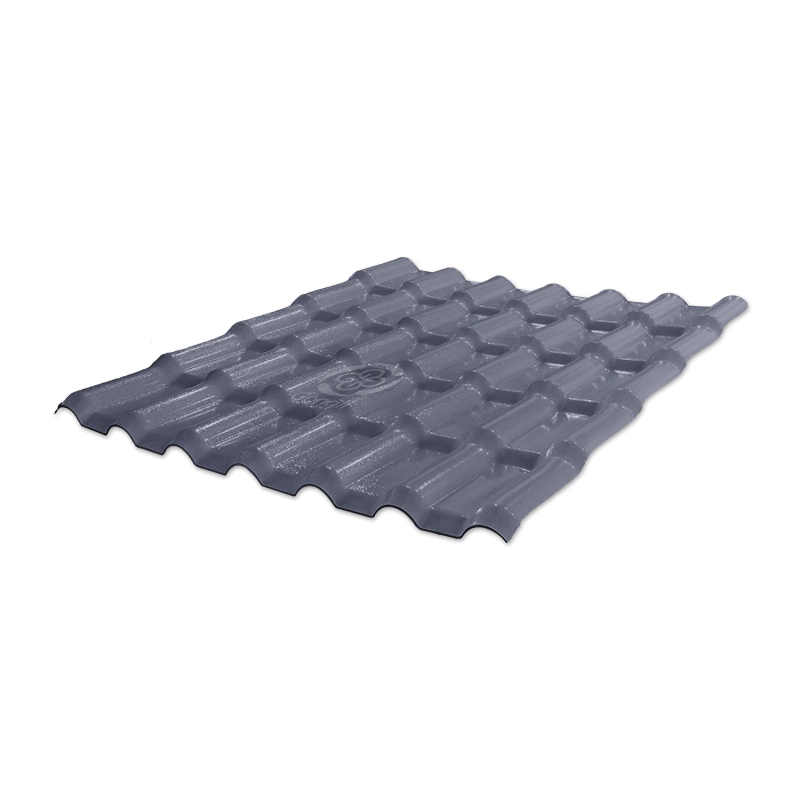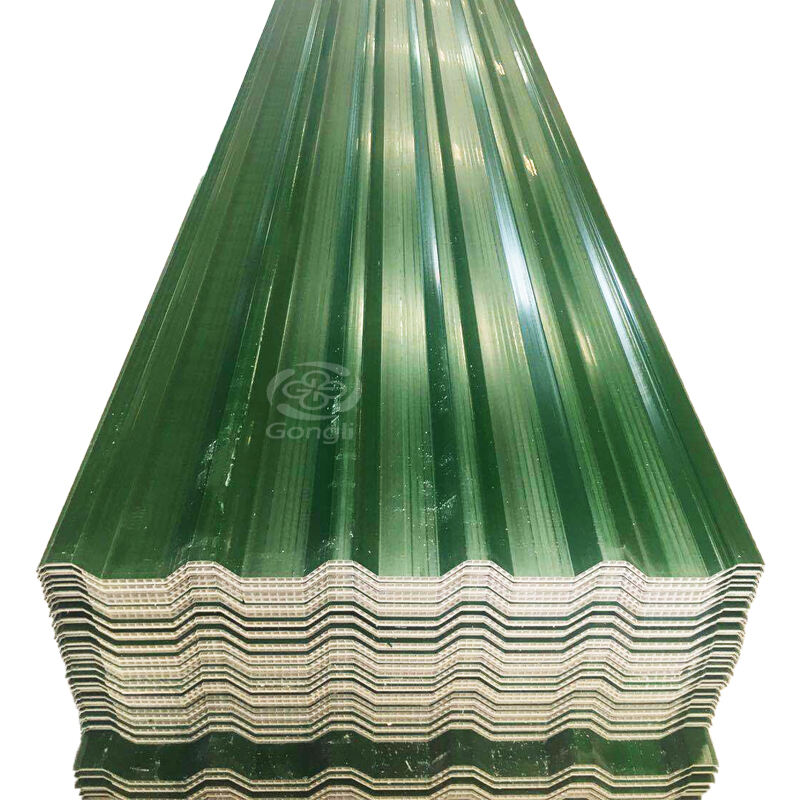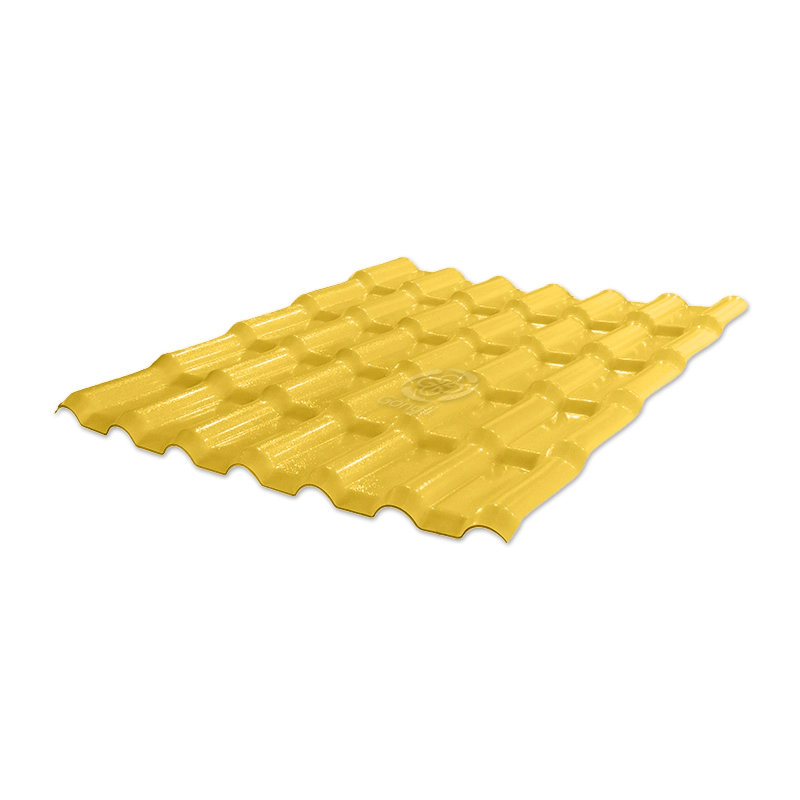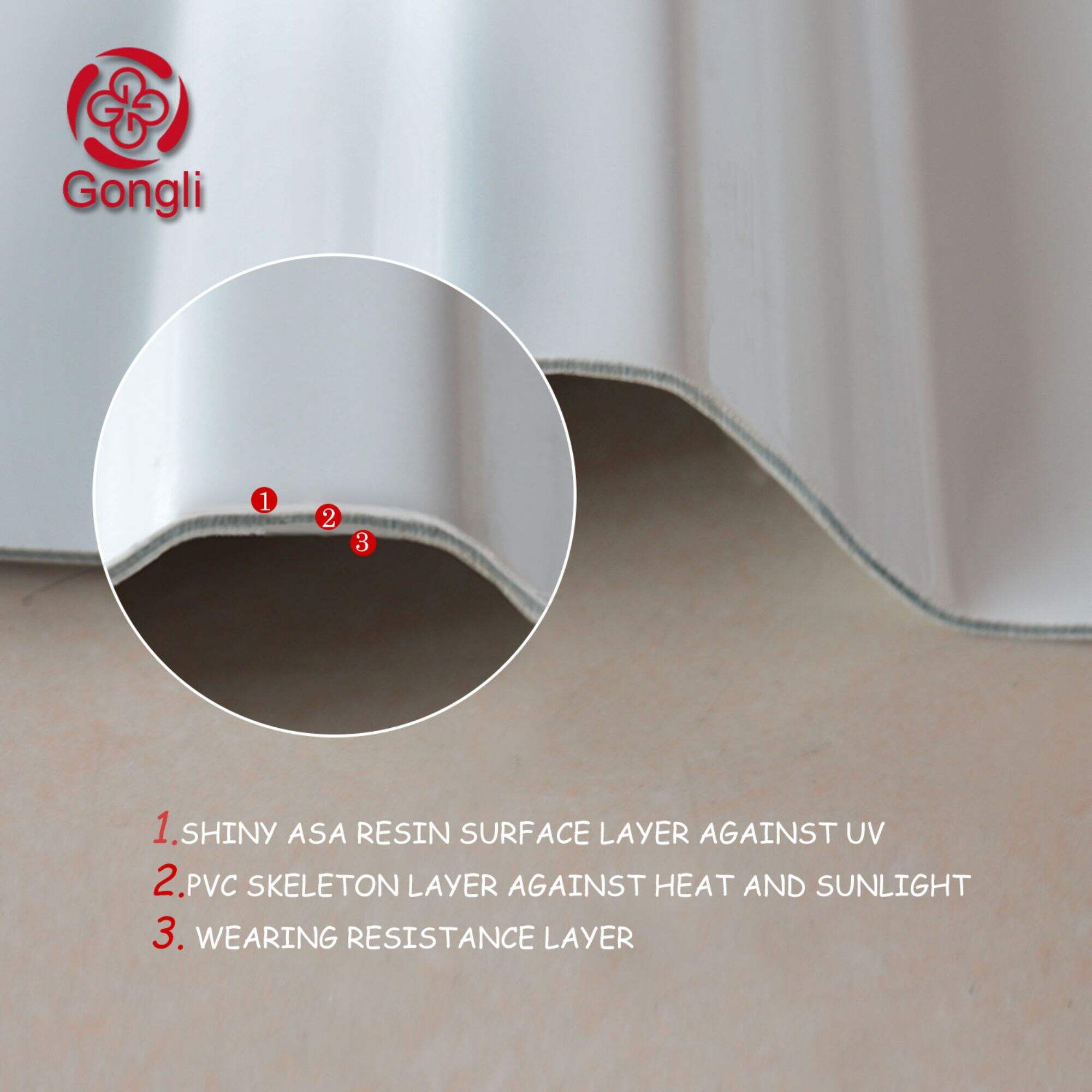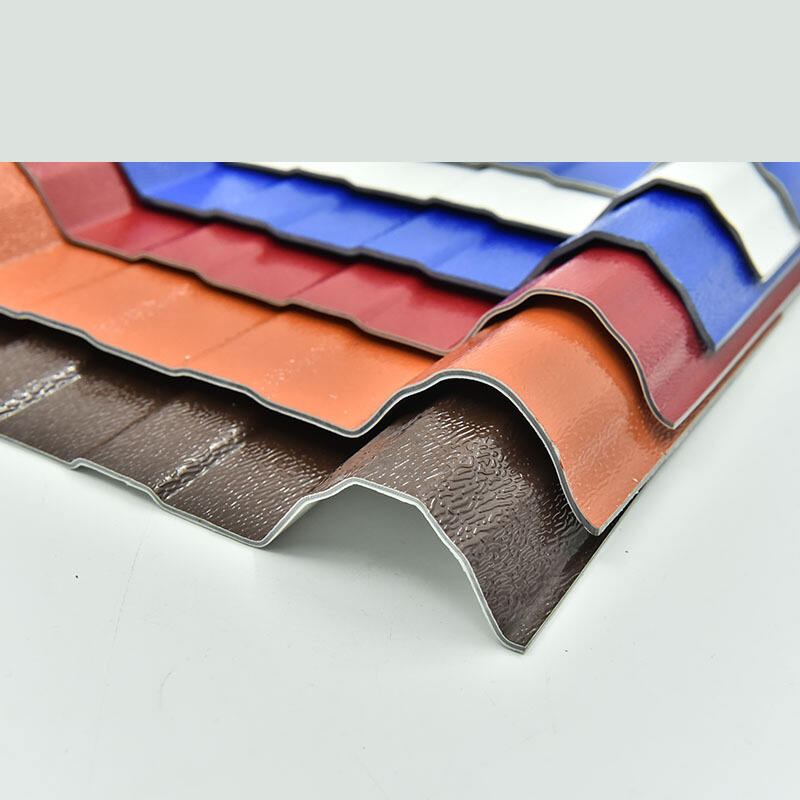Weather Resistance of Wave Roof Tiles in Harsh Climates
Wave Roof Tile Composition for Extreme Weather
ASA Resin and UV-Resistant Formulations
The use of ASA (Acrylonitrile Styrene Acrylate) resin in wave roof tiles significantly boosts their durability against severe weather conditions. ASA resin is renowned for its robust resistance to weathering, making it a preferred component in roofing materials designed to withstand extreme climates. Its resilience ensures that roof tiles maintain their structural integrity even when exposed to harsh elements. UV-resistant formulations, on the other hand, play a crucial role in preventing color fading and structural degradation caused by prolonged sun exposure. Studies indicate that roof tiles with UV coatings can enjoy significantly longer lifespans by maintaining color and integrity over time. Moreover, these formulations can be adjusted based on specific climate needs, ensuring that roof tiles effectively resist both hot and cold temperature extremes while preserving their overall durability.
Interlocking Design for Wind Resistance
The interlocking design in roof tiles offers substantial advantages in enhancing wind resistance, effectively reducing the risk of dislodgement during severe storms. This design feature acts as a safeguarding measure by ensuring tiles remain securely attached, even under high wind pressures. Comparatively, interlocking tiles can withstand greater wind speeds than traditional flat tiles, offering enhanced safety and protection. Data suggests that interlocking roof tiles can resist wind speeds of up to 120 mph, surpassing the performance of conventional alternatives. Anecdotal evidence from regions frequently hit by severe weather, such as coastal areas, supports the effectiveness of interlocking designs. Residents in these regions have reported fewer incidents of roof damage during hurricanes and high wind events, underscoring the increased safety profile and storm resilience of interlocking roof tiles.
Heat and UV Performance in Arid Climates
Thermal Stability of Polymer Materials
Thermal stability in polymer-based roof tiles is critical for effective performance under high temperatures, especially in arid climates. Scientific studies indicate that polymers like ASA and polycarbonate excel in maintaining structural integrity and heat resistance compared to traditional materials. For instance, ASA's high thermal stability contributes to energy efficiency by reducing heat transfer into buildings, thereby keeping interiors cooler and more comfortable. This not only enhances occupant well-being but also results in significant energy savings. Moreover, these materials' durable nature helps extend the roof's life, lessening the frequency of repairs and, consequently, maintenance costs over time.
Reflective Coatings for Solar Radiation
Reflective coatings play a vital role in reducing heat absorption in roof tiles by deflecting solar radiation. These coatings work by reflecting the sun's rays, thereby minimizing the buildup of heat on the roof surface. According to data, reflective coatings can decrease roof surface temperatures by up to 15% in some cases, notably improving energy efficiency in hot climates. This reduction in heat absorption not only prolongs the lifespan of the tiles but also significantly lowers indoor temperatures, enhancing comfort as well as cutting down on energy bills. Through the application of these coatings, residents in arid regions can enjoy cooler living spaces and fewer cooling system constraints.
Water Shedding Capabilities in Tropical Storms
Wave Profile Hydrodynamics
Wave profile designs in roof tiles are pivotal for enhancing water shedding capabilities, especially during tropical storms. These designs utilize curved profiles that effectively direct rainwater, minimizing the risk of water pooling and leaks. According to hydrodynamic studies, such wave profiles significantly outperform flat tiles in heavy rain scenarios. They ensure rapid water runoff, thus keeping the roof structure safe and intact. For instance, research has shown that wave tiles can manage water flow more efficiently, reducing the chances of leaks by a notable percentage compared to flat designs. The use of advanced hydrodynamics in these tiles is indeed revolutionary for storm-prone areas.
Mold-Resistant Surface Treatments
In tropical storms, mold resistance is crucial for maintaining roof integrity. Mold-resistant tiles incorporate advanced surface treatments that prevent mold growth, a common issue associated with prolonged exposure to moisture. Experts suggest that these treatments not only deter mold but also enhance hygiene, reducing potential health risks associated with mold exposure. This is supported by data showing that mold-resistant tiles increase the longevity of roof structures by preventing mold-induced damage. In areas susceptible to heavy rainfall, adopting mold-resistant surfaces is recommended to prolong the lifespan of your roof while ensuring it remains aesthetically pleasing and structurally sound. Studies highlight the importance of these treatments in preserving roof quality over time.
Cold Climate Functionality
Freeze-Thaw Cycle Resistance
Understanding the impact of freeze-thaw cycles is crucial for maintaining roof integrity in cold climates. These cycles occur when water trapped in roofing materials freezes, expands, and subsequently thaws, leading to potential damage such as cracking and weakening. Resistant materials are essential to combat these cycles and maintain the durability of cold-weather roofing. Research highlights the improved performance of specialized roofing materials that withstand repeated freeze-thaw cycles, suggesting a reduction in replacement needs and associated costs. Testing standards, like ASTM E2098, ensure that roofing materials meet cold climate performance expectations, providing reliability against these environmental challenges. In cold regions, implementing these standards helps guarantee the longevity and strength of roofing systems.
Snow Load Distribution Advantages
Snow load distribution is a critical factor in roof design, especially in areas prone to heavy snowfall. Adequate weight distribution prevents uneven stress on roof structures, safeguarding against potential failures. Specific tile shapes, such as interlocking tiles, facilitate even distribution, supporting the structural integrity of the roof. Expert guidelines emphasize the importance of designing roofs with proper load-bearing capabilities to handle heavy snow loads. Following best practices for installing robust roofing systems ensures they effectively withstand significant accumulations of snow, prolonging the roof's lifespan and maintaining safety. Incorporating these design elements in snowy regions guarantees that roofs are resilient and reliable even under the heaviest snowfalls.
Installation and Maintenance Best Practices
Slope Requirements for Optimal Drainage
The significance of the roof slope cannot be overstated when it comes to ensuring optimal drainage and preventing water accumulation, which can lead to damage. A well-designed roof slope facilitates water runoff, reducing the risk of leaks and the subsequent need for costly repairs. Industry standards generally recommend specific slope figures based on tile type and climate conditions. For instance, clay tile roofs typically need a minimum slope of 4:12, which corresponds to a rise of 4 inches for every 12 inches of horizontal distance. Metal roofs, on the other hand, might require a different slope. Inadequate slope can result in water pooling, leading to increased maintenance, potential leaks, and ultimately, reduced roof longevity.
Debris Management for Long-Term Integrity
Debris accumulation can significantly impact the longevity and functionality of roof tiles by clogging drainage systems and promoting moisture retention. This makes regular cleaning and maintenance essential to prolong roof life and keep aesthetics intact. Best practices for debris management include implementing a routine cleaning schedule and using tools like roof rakes and leaf blowers to remove leaves, branches, and other debris. According to various case studies, proper debris management can extend roof life significantly. For instance, a home in a wooded area with consistent maintenance may show fewer structural issues compared to a neglected house, highlighting the contrast in long-term roof integrity between diligent upkeep and oversight.
Recommended Products
Hot News
-
How to choose the right roof tile
2024-01-24
-
PVC Plastic Tiles: The Ideal Roofing Material
2024-01-24
-
The Essentials of Synthetic Resin Tile Manufacturing
2024-01-24

 EN
EN
 AR
AR
 BG
BG
 HR
HR
 CS
CS
 DA
DA
 NL
NL
 FI
FI
 FR
FR
 DE
DE
 EL
EL
 HI
HI
 IT
IT
 JA
JA
 KO
KO
 NO
NO
 PL
PL
 PT
PT
 RO
RO
 RU
RU
 ES
ES
 TL
TL
 IW
IW
 ID
ID
 LT
LT
 VI
VI
 TH
TH
 TR
TR
 AF
AF
 MS
MS
 KM
KM
 LO
LO
 MY
MY

